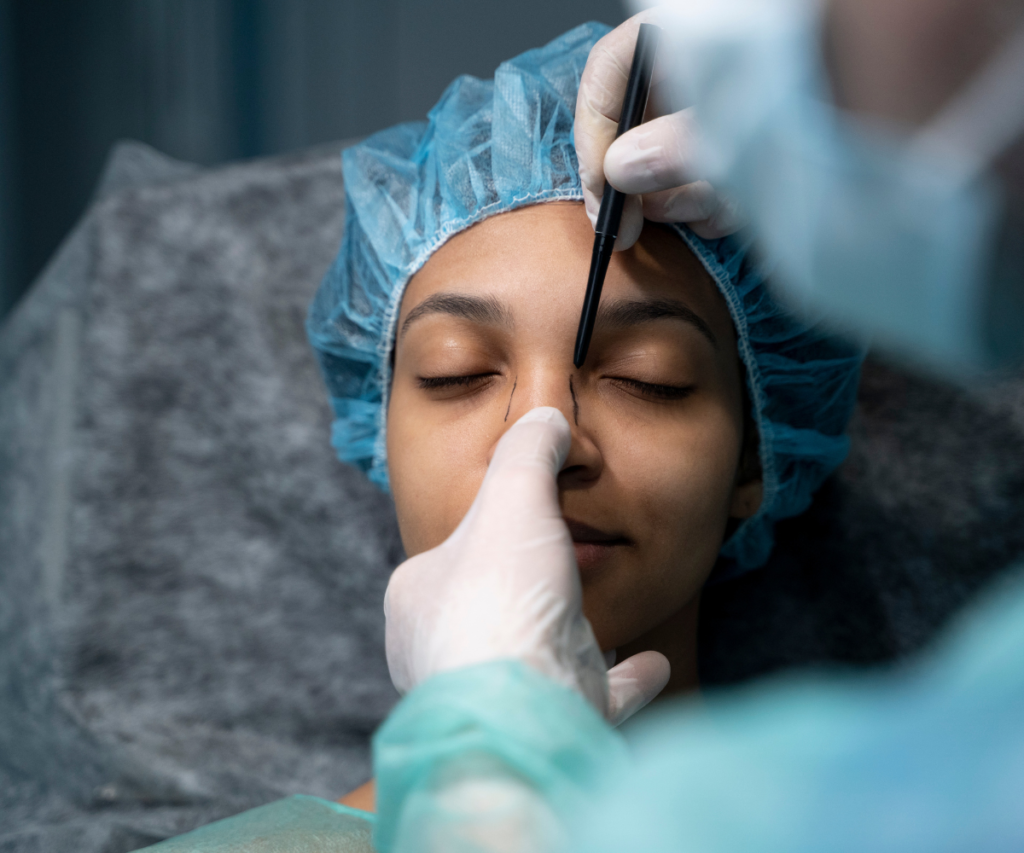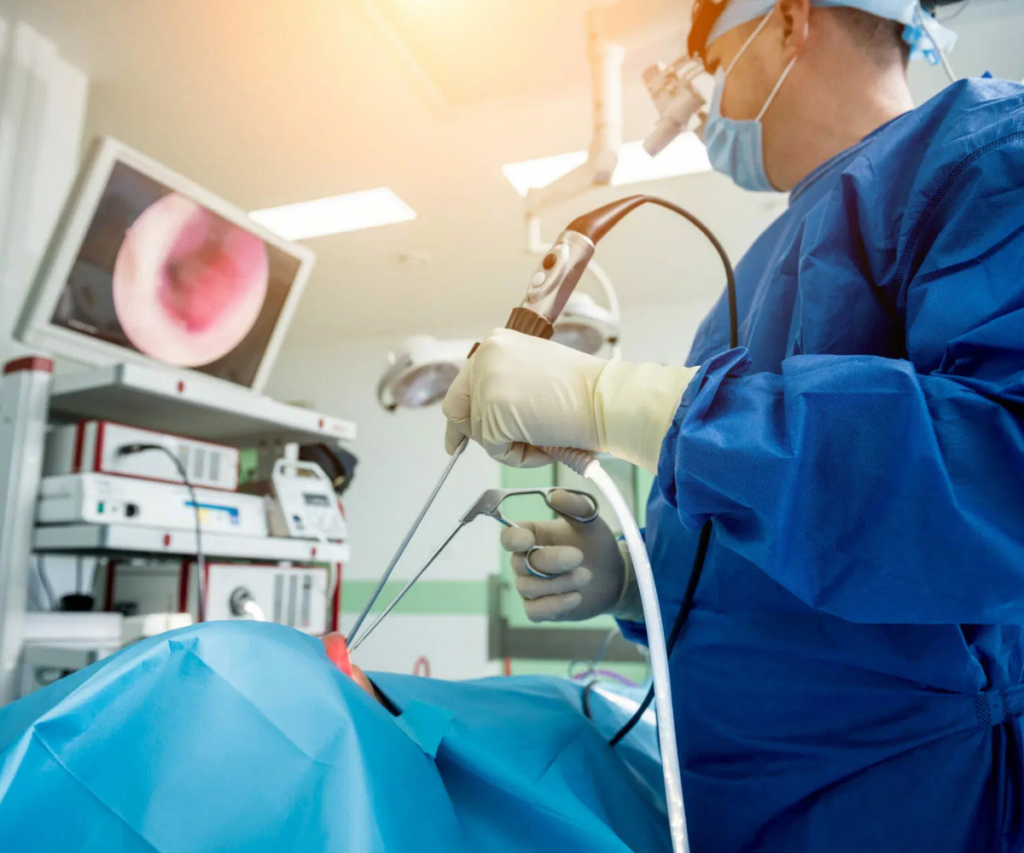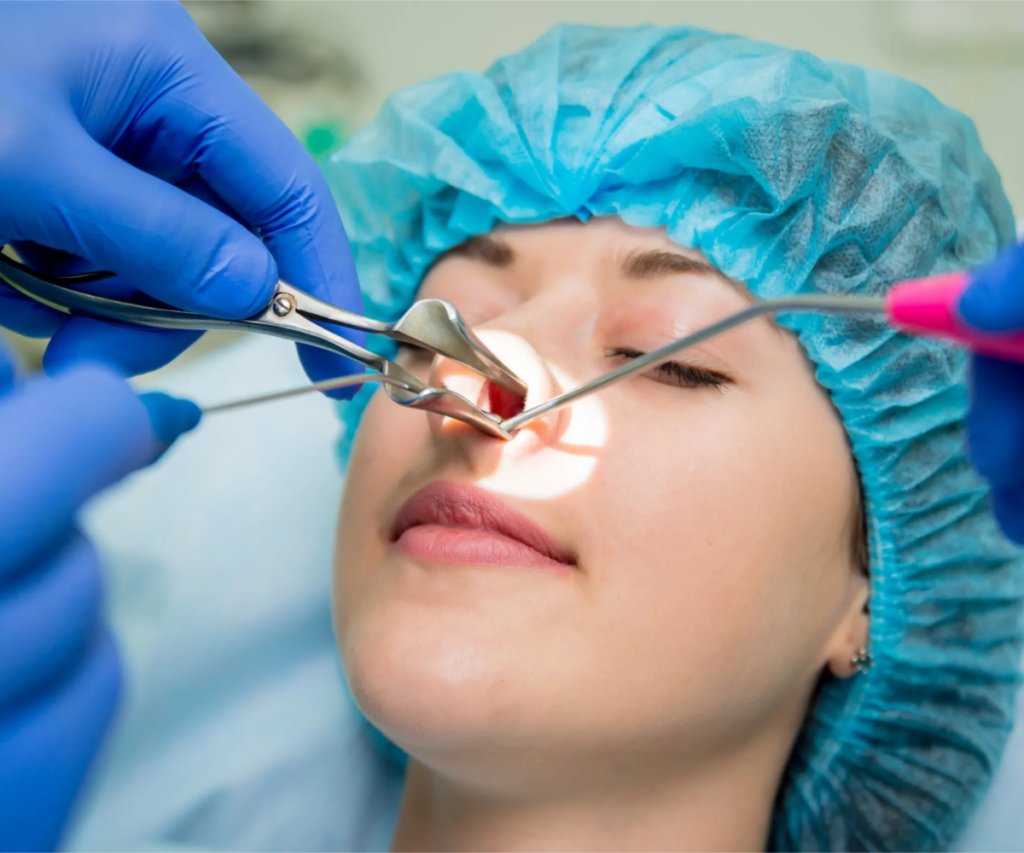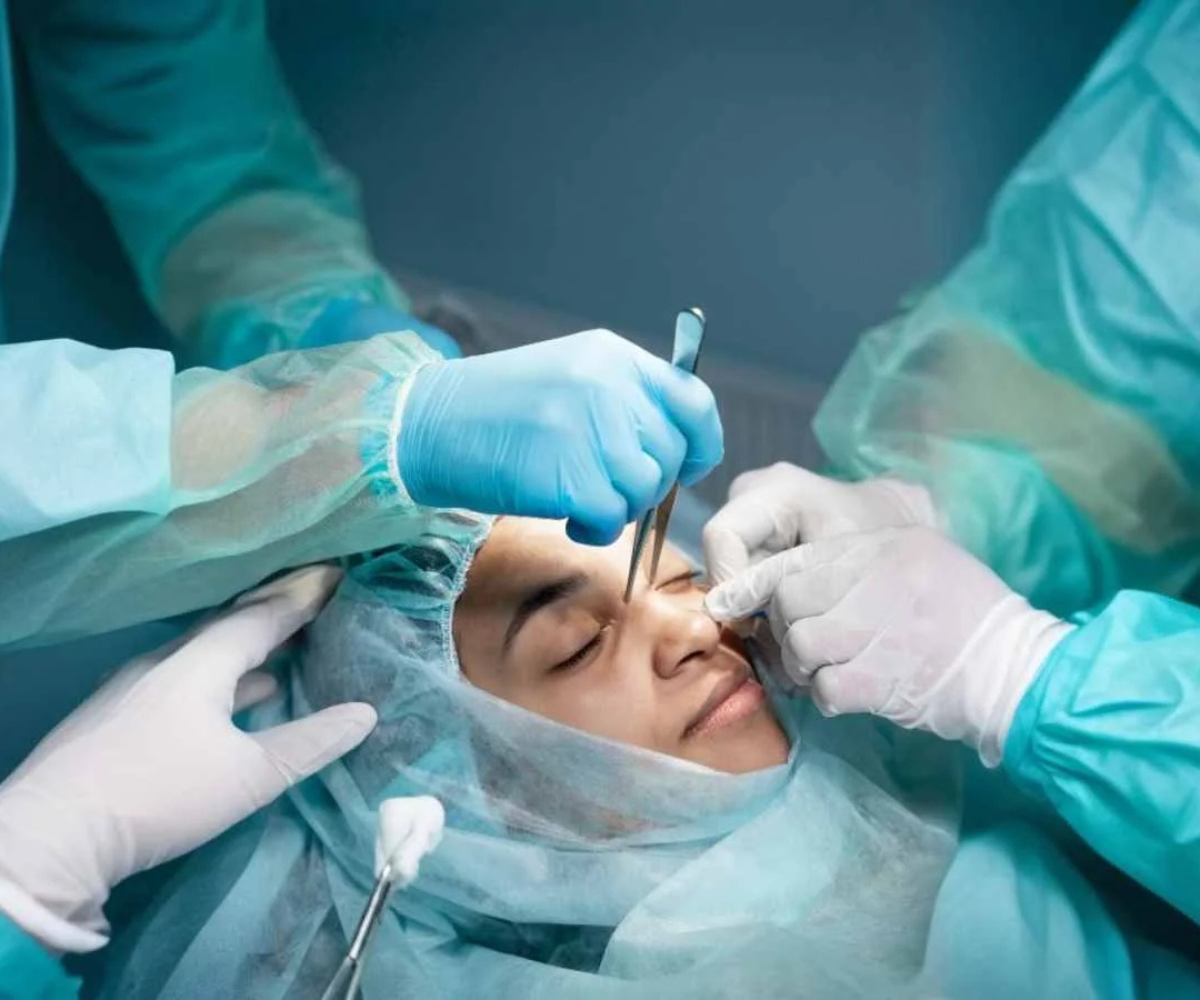Introduction

Endoscopic Sinus Surgery has revolutionized the treatment of chronic sinus problems. Unlike traditional approaches, which required external incisions and extensive nasal packing, this minimally invasive procedure is performed entirely through the nostrils. Using a small, lighted instrument called a nasal endoscope, surgeons can visualize the sinuses and remove blockages with precision. Endoscopic Sinus Surgery reduces pain, recovery time, and complications, making it a preferred choice for patients with chronic sinusitis, nasal polyps, or other sinus-related conditions. Understanding the procedure, preparation, benefits, risks, and alternatives is crucial for anyone considering this surgery.
WWhy This Sinus Procedure Is Performed
The most common reason for this minimally invasive sinus procedure is chronic rhinosinusitis, a condition in which the sinuses remain inflamed for at least three months. Chronic sinus inflammation can result from infections, allergies, irritants, structural issues, or a combination of factors. Nasal polyps, which are soft tissue growths in the nasal passages, may also require surgical intervention if they block airflow or sinus drainage.
In addition to chronic sinusitis, this type of sinus surgery may be recommended for:
- Severe infections affecting the eyes or brain
- Certain sinus tumors
- Cerebrospinal fluid (CSF) leaks
- Specific orbital conditions requiring sinus access
Each case is unique, and the surgeon will determine whether this endoscopic approach is the best treatment based on symptoms, imaging, and overall health.
Medical Treatments to Try Before Surgery
Before considering surgery, most patients undergo comprehensive medical management:
- Antibiotics for confirmed bacterial infections
- Saline nasal irrigation to flush out mucus and irritants
- Topical steroid sprays to reduce inflammation over 3–4 weeks
- Short-term oral steroids for patients with severe polyps
- Allergy medications if allergies contribute to sinus inflammation
Additionally, a nasal endoscopy is performed to directly examine the sinuses, and a CT scan may be ordered to evaluate sinus anatomy and the extent of disease. Culture swabs may also be taken to guide targeted antibiotic therapy. Surgical intervention may be recommended only if these medical treatments fail to resolve persistent symptoms.
Benefits of The nasal endoscopic procedure
The nasal endoscopic procedure primarily aims to:
- Improve sinus drainage by enlarging natural openings
- Remove infected mucus, polyps, or other blockages
- Enhance delivery of topical medications to deeper sinus areas

Although The nasal endoscopic procedurey can significantly improve symptoms, it is important to recognize that chronic sinusitis is not typically cured by surgery alone. Ongoing medical management is critical for long-term results, including daily saline rinses and consistent use of prescribed nasal steroids.
Preparing for The nasal endoscopic procedure sinus Surgery
Proper preparation ensures safety and optimal outcomes:
- Avoid medications that increase bleeding risk, such as NSAIDs, aspirin, or blood thinners
- Limit supplements like vitamin E, garlic, ginseng, and gingko
- Some surgeons may prescribe preoperative antibiotics or steroids
- Confirm with your prescribing physician before stopping any essential medications
Following your surgeon’s specific instructions is essential to minimize risks and support recovery.
How The nasal endoscopic procedure copic Sinus Surgery Is Performed
The nasal endoscopic procedure is typically conducted under general anesthesia, although select procedures may be performed with local anesthesia. Key steps include:
- Visualization: A nasal endoscope provides a clear view of the sinuses
- Removal of diseased tissue: Polyps, mucus, or infected tissue are gently removed
- Enlargement of sinus openings: Surgical tools or balloon devices (balloon sinuplasty) widen the natural pathways
- Optional guidance: Image-guided systems may be used for real-time navigation
The sinuses involved may include:
- Maxillary (cheeks)
- Ethmoid (between the eyes)
- Sphenoid (center of the head)
- Frontal (forehead)
Additional procedures, such as septoplasty or turbinate reduction, may be performed to improve airflow and surgical access. Endoscopic Sinus Surgery.
Recovery After Endoscopic Sinus Surgery
Recovery is generally faster and more comfortable than traditional sinus surgery. Key points include:
- Minimal use of nasal packing
- Mild pain, usually manageable with over-the-counter medications
- Initial improvement in congestion and drainage within days
- Continued use of prescribed medications, including saline rinses and steroids
- Avoidance of nose blowing, heavy lifting, and bending over for several weeks

Regular follow-ups allow your surgeon to monitor healing, remove crusting, and assess the need for further treatment.
Will Endoscopic Sinus Surgery Improve My Symptoms?
Most patients experience significant improvement in sinus symptoms and overall quality of life. Endoscopic Sinus Surgery facilitates better drainage, reduces infection frequency, and enhances the effectiveness of ongoing medical therapy. Long-term success depends on consistent post-operative care and adherence to prescribed treatments. Endoscopic Sinus Surgery.
Balloon Sinuplasty: A Minimally Invasive Alternative
Balloon sinuplasty is a procedure where sinus openings are gently dilated with a balloon. It is less invasive than traditional Endoscopic Sinus Surgery and may be suitable for patients with mild to moderate chronic sinusitis. A surgeon will determine if balloon dilation is an appropriate option. Endoscopic Sinus Surgery. https://www.youtube.com/watch?v=48LD2S6T0uI
Potential Complications of Endoscopic Sinus Surgery
While complications are rare, they may include:
- Bleeding
- Scar formation
- Persistent symptoms requiring revision surgery
- Rarely, injury to the eyes or brain, including vision changes or CSF leaks
Certain patients, such as those with severe polyps, cystic fibrosis, or prior sinus surgeries, may have higher risks and may require specialized care. Endoscopic Sinus Surgery.
Alternatives to Endoscopic Sinus Surgery
- Continued medical therapy with medications and irrigation
- Observation for mild or intermittent symptoms
- Second opinions from sinus specialists for complex cases
Surgery is generally reserved for patients whose symptoms persist despite appropriate medical management.
Endoscopic Skull Base Surgery

A related procedure, endoscopic skull base surgery, treats conditions at the junction of the brain and face or within the brain itself. Like sinus surgery, it uses nasal endoscopes and other instruments to minimize incisions, pain, and hospital stay. These surgeries are highly specialized and usually performed by multi-disciplinary teams. Endoscopic Sinus Surgery.




